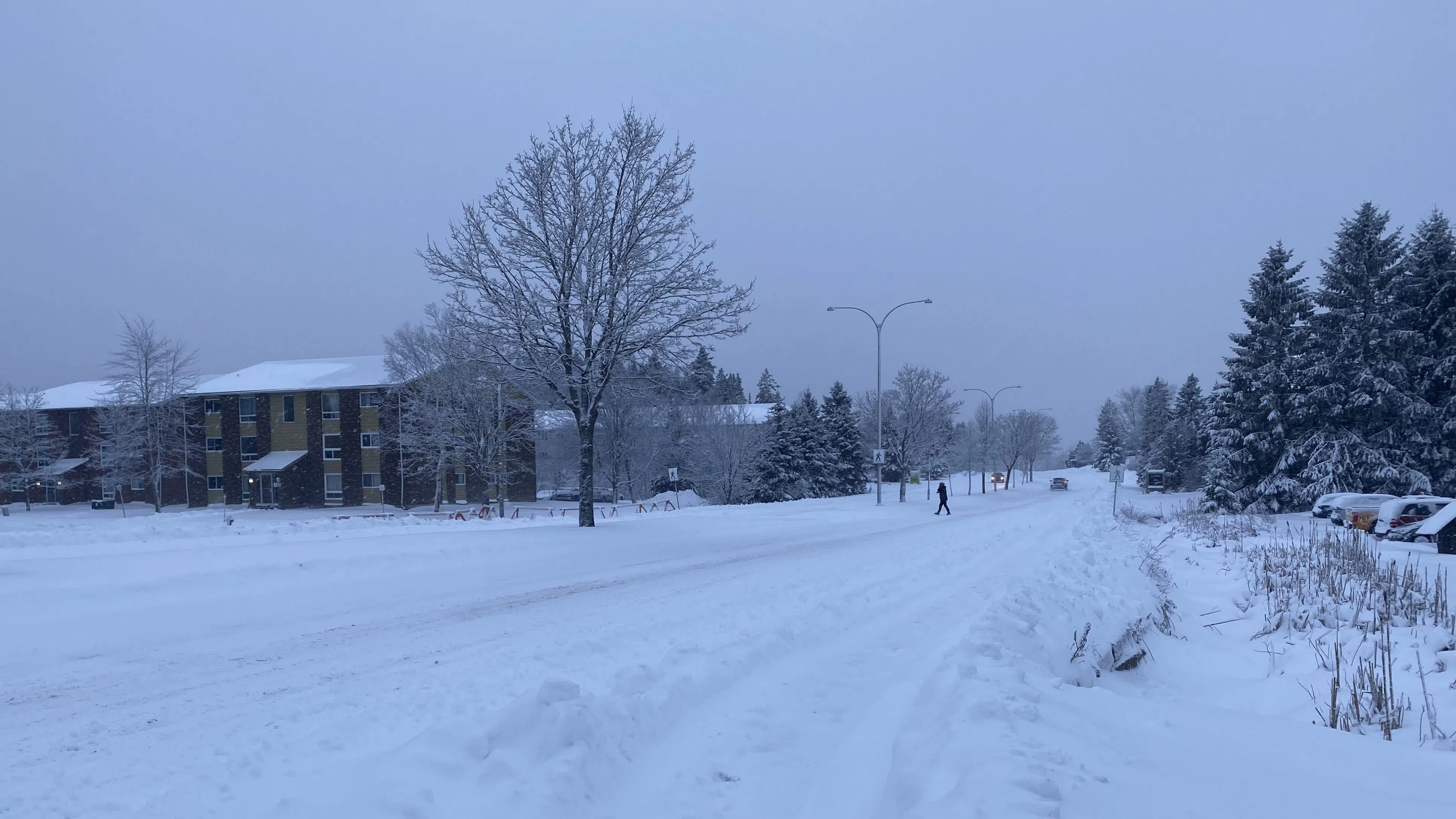Saint John city staff admit it has been challenging to clean up sidewalks after storms this winter.
The city’s public works director delivered a presentation to council during Monday night’s meeting.
Tim O’Reilly said the issues are partly due to the city’s aging fleet of sidewalk plows and a lack of spares.
On average, only about half of their 11 sidewalks plows were available during storms, he said, dropping to as low as 25 per cent in some cases.
“In five of the six storms, except for that first one, pedestrians were delayed from using at least 65 kilometres of sidewalk longer than what our service standards call for,” said O’Reilly.
According to the city’s winter management plan, snow should be removed within 12 hours on Priority 1 sidewalks, within one day on Priority 2 and 3 sidewalks, and within three days on Priority 4 sidewalks.
O’Reilly said nine of the sidewalk plows are nearing their expected end of life, meaning they are more prone to breakdowns.
The city currently does not have any spare plows, meaning if one breaks down, there are none to replace it. Each plow clears 20 kilometres of sidewalk after every storm.
O’Reilly said they hope to replace three sidewalk plows before next winter and keep at least one as a spare.
In addition, the city is aiming to triple the 11 kilometres of sidewalks that are currently cleared with a street plow wing.
Other challenges
Other challenges this winter included a significant number of vehicles continuing to park on the street during overnight parking bans.
O’Reilly said staff plan to bring forward recommendations later this year to “substantially” increase the current $30 fine, and look at allowing parking enforcement staff to authorize towing in more circumstances.
“At the end of the day, the fines are OK, but it doesn’t help us get the street cleared when we need to get it cleared,” the director added.
The city said its salt supply reached critical levels on several occasions this year due to the frequency and types of storms.
In addition to the six storms, there were 14 days with at least one centimetre of snow and several freeze-and-thaw cycles that caused water to turn to ice.
There were also more than 60 days where temperatures dropped below -10°C, which is when salt stops melting ice effectively.
O’Reilly said staff will take more steps to reduce salt usage to lower the risk in future years.
Coun. Paula Radwan said she would like to see council look at increasing the snow-removal budget in future years.
“Accessibility is not just a want for people, that’s a need, and people were not able to go to work and things because of the sidewalk not being cleared,” said Radwan.
Council will debate service standards and snow-clearing resources as part of the 2026 budget process.








